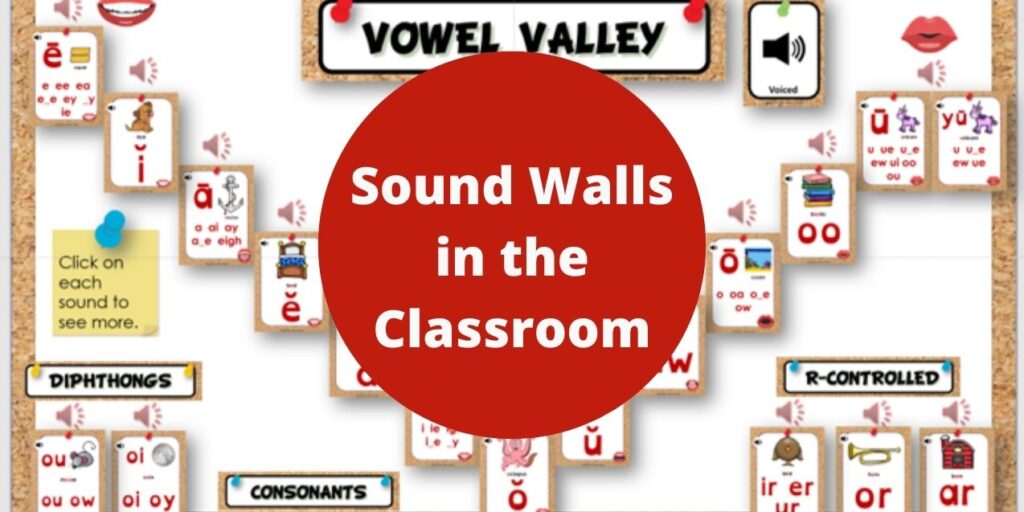Sound Walls in the Classroom
Are you curious about sound walls? Would you like to know how to use sound walls in the classroom? Here is the information you need to get started and a few resources to help.
Using a sound wall can be a game-changer for struggling readers. Based on the science of reading with proven research, this way of teaching lets students use the way their brains learn best.
What are Sound Walls?
Sound walls are a visual tool for students that focuses on the 44 sounds or phonemes in the English language. They connect the sounds (phonemes) to print (grapheme), strengthening reading, spelling, writing, and fluency. Sound walls focus on the specific sound instead of alphabetical letters and how the mouth forms the sounds.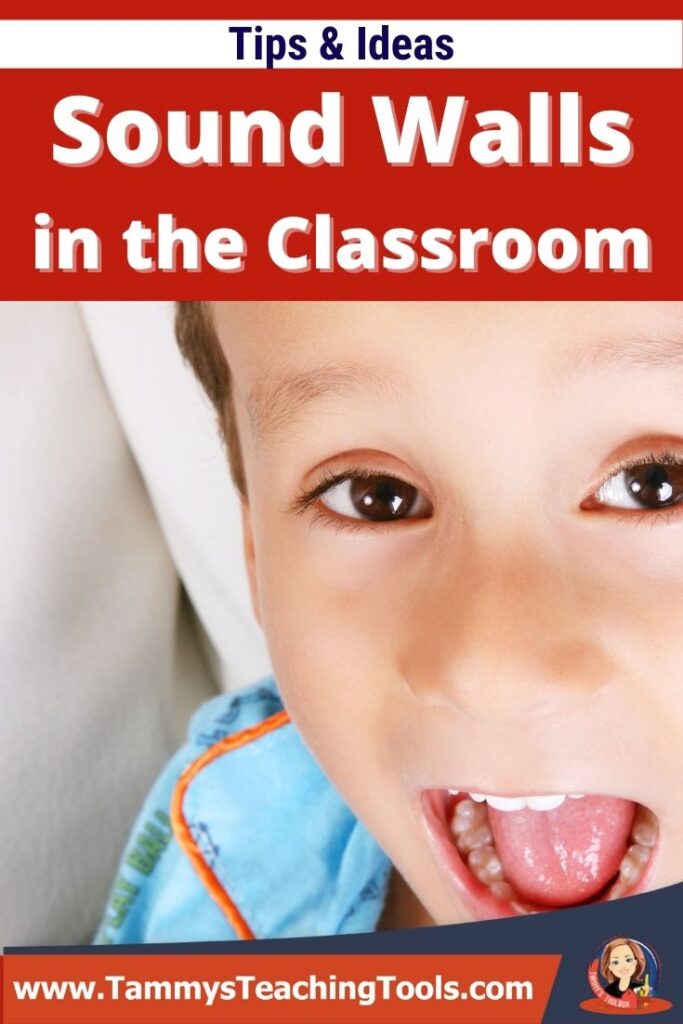
What You Need to Know About Sound Walls
- They teach and review the 44 speech sounds and the options for spelling each sound.
- They are set up based on the articulation of speech sounds.
- The goal is for students to automatically access the sounds and match the spelling to each sound.
- They can be used as a quick and easy reference guide for patterns of spelling and reading.
- They are a great visual aid for students and teachers.
- They are a helpful supplemental resource tool.
- They consist of the vowel valley and a consonant wall.
- They usually show pictures of student’s mouths forming sounds.
- Research has shown that our brains are wired to learn using sound.
- Teaching phonemes is critical for developing orthographic mapping skills
What is the Vowel Valley?
The vowel valley is a representation of 19 vowel phonemes organized by order of articulation. Diphthongs (ou/oi) and r-controlled vowels are also included.
► A vowel valley is displayed in the shape of a v or a valley. It is arranged by order of articulation.
► On the left side of the chart, the tongue is positioned closer to the front of the mouth.
► On the right of the chart, the tongue is positioned closer to the back of the mouth.
► The closer to the top of the chart, the higher the tongue position, while the closer to the bottom, the lower the tongue position.
► All vowels are voiced sounds.
► Schwa is put at the top center. Bottom corners: oi and ou and r-controlled vowels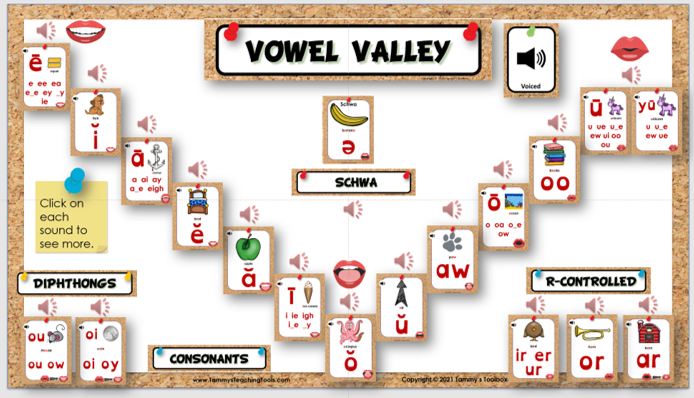
What is a Consonant Wall?
The consonant wall is a representation of 25 consonant phonemes arranged by the manner of articulation.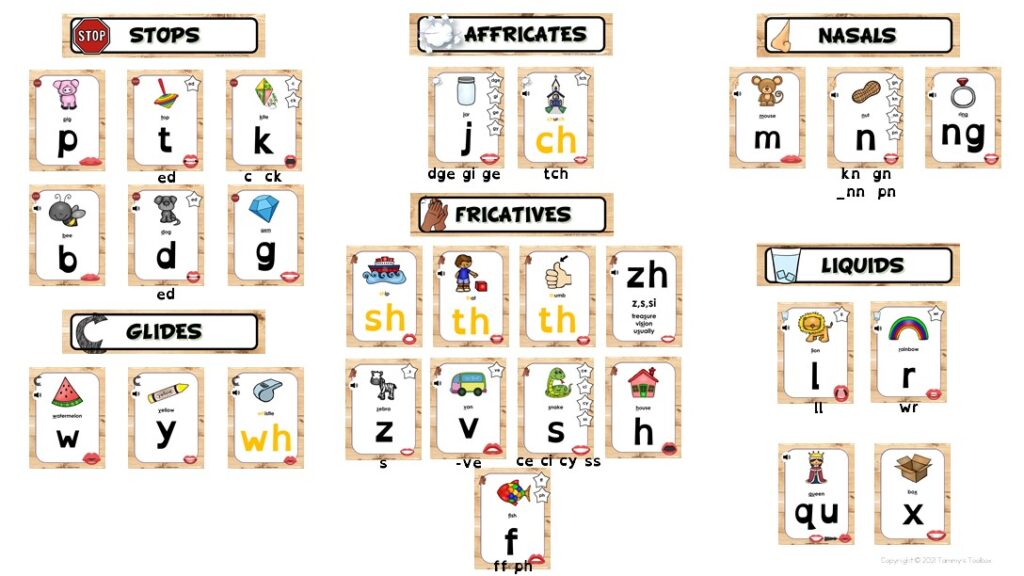
 Tips for Using Sound Walls in Your Classroom
Tips for Using Sound Walls in Your Classroom
- Explicitly teach students each phoneme.
- Start slowly and model how to use it.
- Review, review, review
- Practice, practice, practice
- Introduce one sound at a time.
- Talk about how you make the sound for each phoneme. Discuss what your lips look like, what the air in your mouth does when you say the sound, and how it feels in your throat when you make the sound.
- Have students touch their throats. Feel the vibration.
- Use mirrors.
- Practice using keywords and pictures.
- After you introduce each sound, have students come up with keywords to add to the wall.
- Pair spelling patterns with phonemes as they are taught.
- Encourage students to use the wall as they spell words and segment sounds.
- Optional: Cover untaught phonemes on the sound wall until they are taught.
Sound Wall Resources
Tammy’s Toolbox has printable and digital sound walls so you can easily get started using this great resource in your classroom.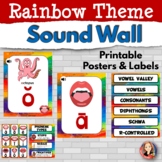
The printable sets come in various themes so you can match them to your classroom décor. Each set comes with everything you need, including.
- Sound wall teaching notes and examples
- Vowel valley and consonant wall examples
- Student handouts
- Sound wall headers, with editable options
- Instructions on creating different size displays to fit any space
- Phoneme type labels. (stops, nasals, fricatives, liquids, glides, affricates, voiced)
- 118 vowel and consonant phoneme cards/posters with mouth articulation pictures, keywords, keyword pictures, and phoneme type
Here are some places to find out more about using sound walls in the classroom.
https://www.readingrockets.org/article/transitioning-word-walls-sound-walls
https://www.voyagersopris.com/webinar-series/2021/the-how-and-why-of-implementing-a-sound-wall
I hope this information helps you understand sound walls. They are a fantastic way to help students learn to read. Sound walls teach from the learners point of view, using connections already made in the brain. They are a great way to make sure all our readers have a strong foundation for success.
Happy Teaching

PS You may also like this post on 20 of the Best Digital Resources for Struggling Readers.

